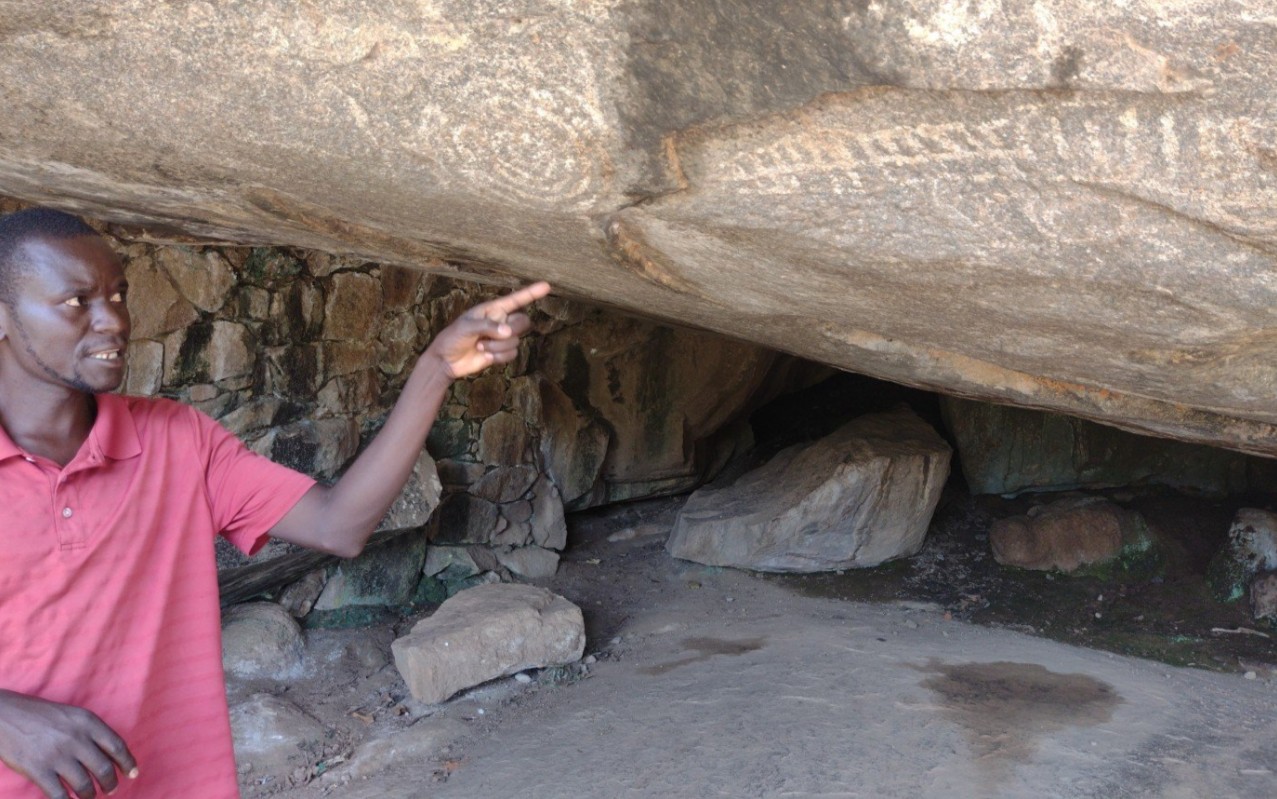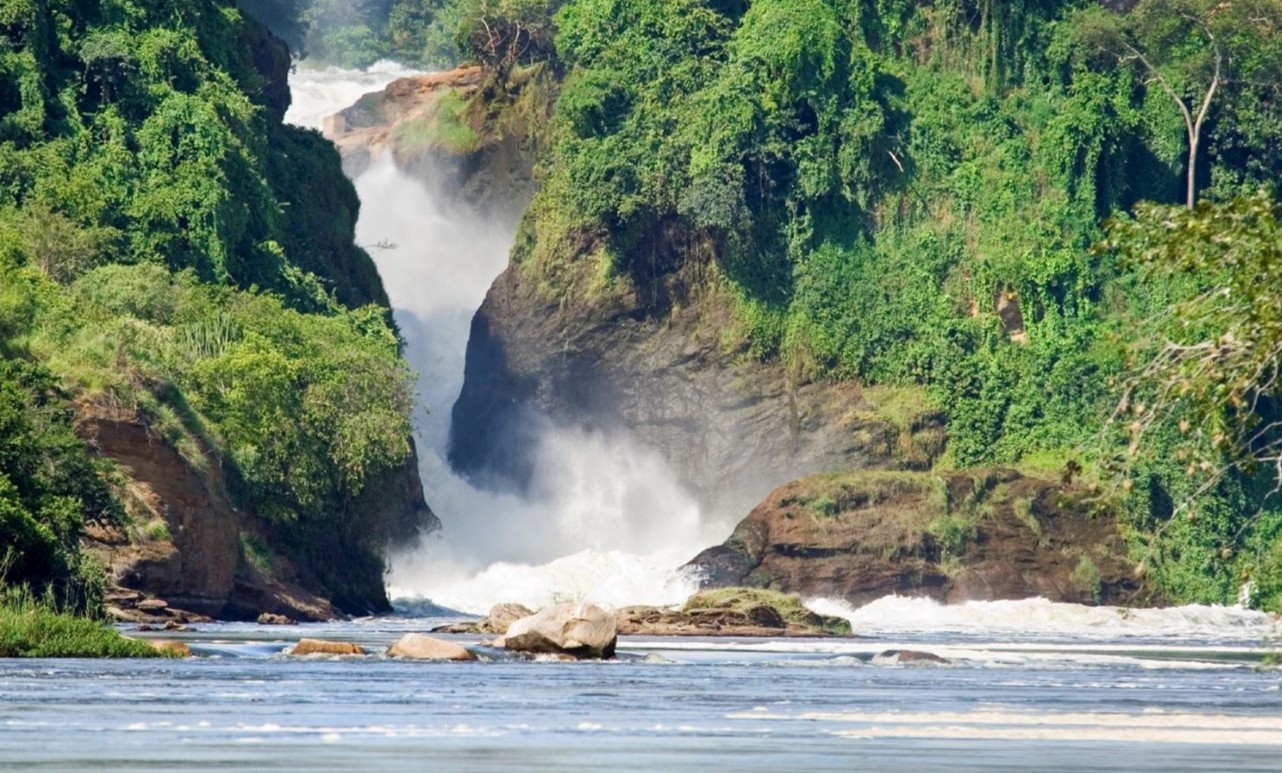
Discover Uganda’s Hidden Caves and Water Falls
Discover Uganda’s Hidden Caves and Waterfalls: Uganda, known as the pearl of Africa, is famous for its unique wildlife, beautiful landscapes, and rich culture. It offers many opportunities for adventure and nature lovers to explore its stunning regions. Besides popular tourist sites, there are lesser-known attractions like waterfalls and caves waiting to be discovered. Besides the unique experiences, such as gorilla trekking and habituation, Uganda promises an unforgettable adventure experience for visitors. This article will uncover for you Uganda’s off-beaten path adventures that await your exploration.
Visit and Discover Uganda’s Hidden Caves and Waterfalls
As you discover Uganda’s hidden Caves and waterfalls, a thorough overview of Uganda’s amazing caves, each with its distinct history and culture, may be found in Major Caves to Visit in Uganda. These caves are found in both the eastern and western parts of Uganda and were created by soil erosion, stalactites, and stalagmites. During wartime, several caves, such as Bat Cave in Queen Elizabeth National Park, served as hiding places and shelters for bushmen. Some, such as the Nyero caverns near Kumi and the Garama caves in Kisoro, served as Batwa pygmies’ houses and hiding spots. Some, like the Semwama Hill Caves and the Amabere Ga Nyina Mwiru Caves in Fort Portal, have a traditional past.
Amabere Ga Nyina Mwiru Caves- Discover Uganda’s Hidden Caves and Water Falls
Amabere Ga Nyina Mwiru Caves, also known as Nyakasura Caves, are located near Fort Portal in Western Uganda, about 32 km from Kibale National Park. This site is important for the Batooro people, as it is a key part of their cultural heritage. The name means “the breasts of Nyinamwiru,” linked to a local story about a girl named Nyinamwiru. Her father, King Bukuku, cut off her breasts for rejecting a suitor, and according to the legend, these breasts were thrown into the caves. Visitors can see formations that look like breasts from the cave ceiling, which drip a whitish substance. Locals believe these features are Nyinamwiru’s breasts, though they are stalactites and stalagmites formed by geological processes.
Tourists who visit the caves can also see nearby attractions, including a demi-god’s footprint, beautiful crater lakes, and a waterfall. The unique features of the caves cannot be found elsewhere in Uganda. The caves are located about 10 km from Fort Portal town and are close to Nyakasura College, where male students wear traditional kilts. The story of the caves has been passed down through generations among the Batooro people, highlighting their cultural significance. This site is an important part of local identity and heritage for the Batooro tribe.
Garama Cave in Mgahinga Gorilla National Park- Discover Uganda’s Hidden Caves and Water Falls
Garama Cave, which is 14 metres deep and 342 metres long, has long been a feature of Mgahinga Gorilla National Park. It is around three kilometres from the park entrance (Ntebeko) in the Kisoro area. Exploring the cave, which was once the Batwa people’s hiding place when their neighbours assaulted them, is possible through the Batwa route and guided nature excursions in the forest. Visitors have plenty of time to spend with the Batwa guide as they make their way through the thick undergrowth to the cave. The local Batwa women sing heartfelt and melancholy traditional songs that echo from the cave, captivating everyone in the area. Garama Cave served as the Batwa people’s ancestral home and council chamber. Hunting, gathering, and touring the Garama caves can all be combined. These days, bats and other nocturnal animals live in the caves.
Bat Caves in Maramagambo Forest- Queen Elizabeth National Park
Queen Elizabeth National Park in southwest Uganda is home to the Maramagambo forest cave. Especially in this park, it is a must-see for tourists travelling through Uganda. Both bats and python snakes can be found at the Bat Cave. From the caves, one may observe Kyasanduka and Nyamasingiri, two crater lakes. The Maramagambo forest offers tourists the opportunity to see a variety of animals, such as birds like Rwenzori Turaco and White-Naped Pigeons, mammals like Pottos and bushbabies, and primates like chimpanzees and baboons. The forest may be reached from Entebbe International Airport by plane or car.
 Nyero Rock Paintings/Caves- Discover Uganda’s Hidden Caves and Water Falls
Nyero Rock Paintings/Caves- Discover Uganda’s Hidden Caves and Water Falls
In 1997, the Nyero caves and rock paintings in Uganda’s Kumi area were designated as a World Heritage Site. These more than 300-year-old archaeological sites feature images of people, animals, and other topics. It was founded in 1913 with the primary goal of honouring the Batwa people who formerly inhabited the region. They now serve as a tourist destination in the eastern region of Uganda, which is home to the Luo, Bantu, and Nilotic people, especially the Itesots. Although the surrounding populations are still unaware of the artists, the Teso people regard these rocks as hallowed spaces with exquisite red and white artwork. Nyero 1, the smallest of the six shelters, is painted in the shape of Acacia pods; Nyero 2, the main rock, is painted red; Nyero 3, which is painted white and situated close to Nyero 2; Nyero 4, which is painted red; Nyero 5, which is near the primary school; and Nyero 6, which is colourful. During Sipi Falls tours and guided nature hikes, these can be investigated.
Nyakasura Caves
One of the most popular caves in Uganda, frequented by visitors, is Nyakasura. The Fort Portal district in western Uganda is where the caverns are situated. Both stalactites and stalagmites contributed to the formation of these caves. The caves, however, are extremely important to the Batooro people’s cultural history. According to certain beliefs, the caves are the birthplace of the “Bachwezi” people’s king and their ancient home.
Semwama Hill Caves- Discover Uganda’s Hidden Caves and Water Falls
The caves in Kakumiro district, western Uganda, are important to the local people due to their historical and cultural value. These caves are believed to have been first inhabited by the Bachwezi dynasty. Visitors can tour the caves year-round, especially during Uganda safari tours, where they can learn about the caves on nature walks. The area also features a Bachwezi shrine, a site for worship and offerings to the gods. Exploring the caves provides a peaceful experience and an opportunity to learn about Uganda’s historical and cultural beliefs.
Nsongezi Rock Shelter
These rocks are found only in southwestern Uganda, which is also one of the most important Stone Age sites in the nation. Archaeologists have conducted numerous excavations in the Nsongezi region, finding a variety of fossils, including ceramic pieces that are thought to have existed for thousands of years.
Munsa Earthworks
Archaeologists studying the Munsa earthworks have provided evidence that they are connected to the Bachwezi. The rocks are the second largest in the nation and are known as “Munsa,” which is a Runyoro word meaning “place of trenches.”
Water Falls
Many of Uganda’s breathtaking waterfalls are near well-known tourist destinations, making them perfect for picnics while travelling. Hiking, boat safaris, rock climbing, kayaking, white water rafting, zip lining, and swimming are more activities you can schedule for a single day. These waterfalls provide a window into Ugandan mythology and culture.
 Murchison Falls- Discover Uganda’s Hidden Caves and Waterfalls
Murchison Falls- Discover Uganda’s Hidden Caves and Waterfalls
Visitors come to Uganda to see Murchison Falls, located in the country’s largest national park. The park offers stunning views and a variety of ecosystems that attract tourists. Murchison Falls is the most popular waterfall in Uganda, where the Victoria Nile rushes through a 43-meter valley and dramatically falls at the base of the falls, forming the Victoria Nile. Boat cruises and guided hikes are recommended for experiencing the falls up close, allowing visitors to feel the power of the water.
For those planning to visit Uganda, Murchison Falls is a must-see, revealing some of the country’s hidden treasures. Additional information, maps, and logistics about other waterfalls in Uganda are available to help organize trips. Climbing from the bottom to the top of the falls gives visitors a terrific view of the cascading water, showcasing more of what Murchison Falls National Park has to offer.
Karuma Falls
Karuma Falls is located in the southern part of Murchison Falls National Park. The districts of Masindi, Amuru, and Oyam in Uganda are home to the waterfalls. Together, these sequences of rock formations in the Victoria Nile provide a beautiful water ripple that produces alluring white foam. Where the Masindi-Gulu Road crosses the River Nile, it is connected to the Victoria Nile by the Karuma Bridge, which was constructed in 1963. Gulu Town is 70 kilometres south of the waterfall, whereas Masindi Town is 110 miles northeast. The waterfalls and Kampala City are 311 kilometres apart. If it is not already under development, the Karuma Hydro Power Project is scheduled for construction.
Sipi Falls
Situated in the foothills of Mount Elgon, Sipi Falls is one of Uganda’s most stunning waterfalls and a well-liked hiking and photography attraction. Spending a few hours close to these breathtaking falls would be a must-do while visiting Uganda. Whether you climb to the top of the falls or just enjoy the view from below, it does not matter. They are located on Mount Elgon’s foothills in the Kapchorwa District. The falls are composed of three waterfalls, the most exciting of which is the one with a 95-meter plunge, but they are all breathtakingly gorgeous. A natural plant called “Sep,” which grows alongside the Sipi River, is the source of the Sipi Falls’ name. To navigate the area around the falls, you will need to engage local guides because a number of the paths cross private property.
Aruu Falls
An obscure attraction to most tourists, this waterfall is one of Uganda’s best-kept secrets. The most famous waterfalls in Northern Uganda are the Aruu Falls, which consist of six cascading waterfalls that send water tumbling down hundreds of sharp rocks. Northern Uganda is where it is situated along the Agago River. When the rains begin, the falls come back to life after drying up completely throughout the dry season. It is easy to spot the falls on the road to Kidepo Valley National Park. About 30 to 40 minutes, or 47 miles, from Gulu Town and 386 kilometres from Kampala, are the Aruu Falls, which are situated in Aruu County, Pader District.
Nkusi Falls- Discover Uganda’s Hidden Caves and Waterfalls
Perhaps Uganda’s most undiscovered waterfalls, Nkusi Falls, are the ideal destination for visitors with a spirit of adventure. It is among Uganda’s most exquisite, undiscovered waterfalls. Fortunately, very few people are aware of it. Despite falling from a greater altitude (about 100 metres) into Lake Albert, these have been compared to the smaller Murchison Falls. Thunderous torrents cascade across the Great Rift Valley’s Western Arm here. They are situated on the western wall of the Albertine escarpment, near the southern edge of Bugoma Forest. The Nkusi River’s mouth is formed by the falls. From Ntoroko-Semliki Reserve, a boat can take visitors to the falls. Nkusi Falls is a must-see; their power will enchant you.
